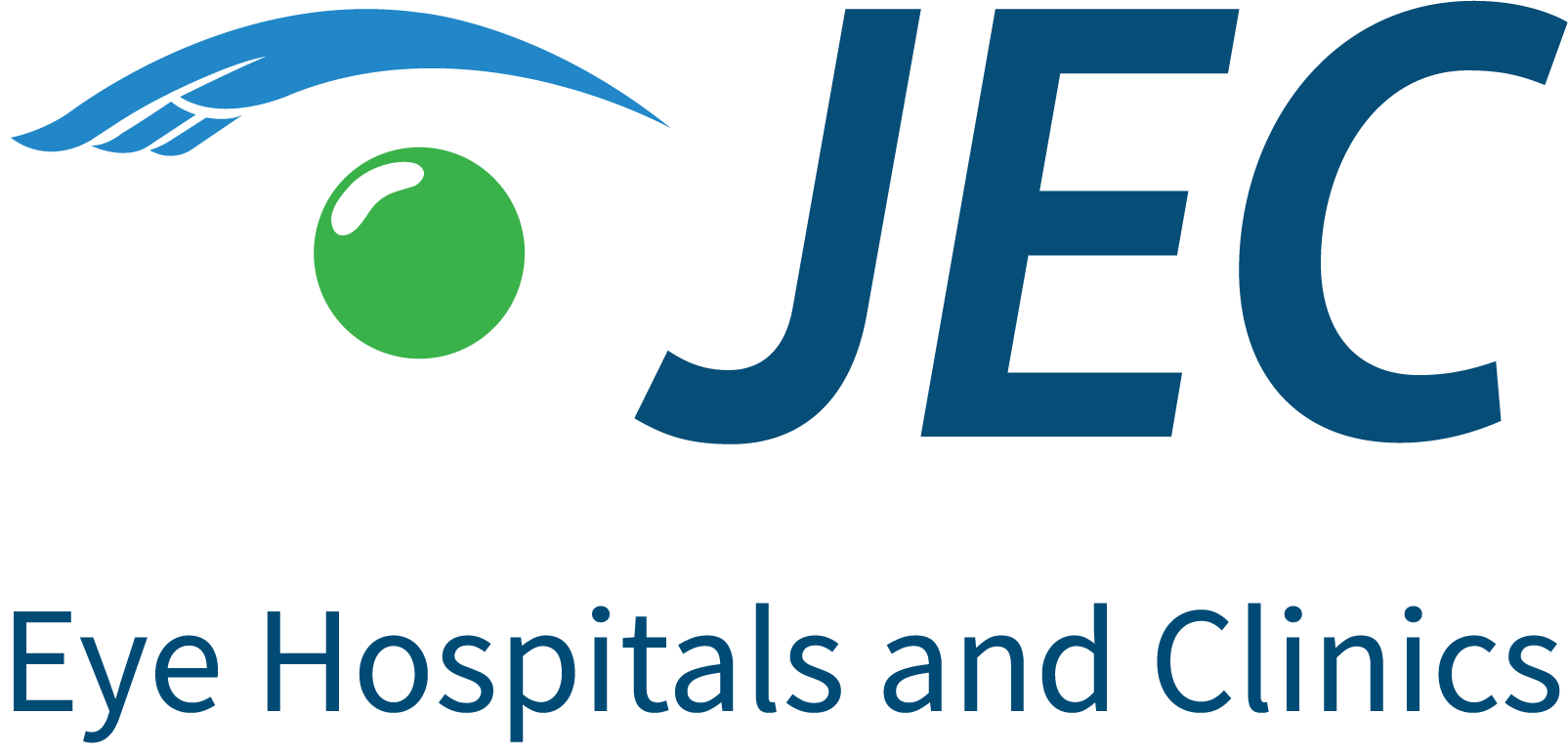Oleh :
Dr. Nashrul Ihsan, SpM

Can laser technology eliminate refractive errors (glasses)?
Can cylindrical refractive errors be removed with LASIK?
If I am currently 52 years old, in my daily life I never use glasses to see far away, only use them to see up close, can LASIK be done to make me free from glasses?
What are the requirements for a LASIK procedure?
If I have a very large refractive error, can I get LASIK done?
LASIK can be done, but in cases of very large refractive errors (more than -12.00 D) refractive surgery can be performed with implantation of a lens implant (Phakic-IOL). For further information regarding refractive surgery, please contact your ophthalmologist subspecialist Cornea and Refractive Surgery.
I wanted LASIK, but didn't dare because it seemed like it would be very painful and could fail. Is that true?
LASIK pain is minimal. The patient only feels discomfort due to the installation of the device in the eye. Discomfort after LASIK can be in the form of a feeling of lump and watery eyes, which gradually recovers within 6-12 hours. Regarding the failure rate, all medical procedures have the possibility of not being successful. In LASIK, which uses the latest technology, the failure rate is less than 1%.
If I want LASIK, what preparations need to be made?
Especially for contact lens users, you should not use contact lenses for 2 weeks before the LASIK procedure. Another preparation is a thorough examination of the patient's eye condition from the state of the cornea to the retina. Corneal calculations of post-LASIK patients are also carried out to maintain corneal safety.
I have keratoconus, can LASIK be done for keratoconus corneal abnormalities?
LASIK can not be done with keratoconus abnormalities because the existing keratoconus will get worse. Keratoconus can be helped by Collagen Cross-linking, insertion of an Intrastroma Corneal Ring, or hard contact lenses. For further information regarding the management of keratoconus, please contact an ophthalmologist who specializes in Corneal and Refractive Surgery. Collagen cross-linking in Indonesia can only be done at the Jakarta Eye Center.
I was interested in LASIK, but my friend told me that during LASIK my eyes feel pressure when making flaps. Is there a type of LASIK that does not make a flap, but with high quality results and safety?
Currently LASIK is more often with flap creation. However, the latest technology is now available ReLEx SMILE, because it does not create a corneal flap, so when ReLEx SMILE patients feel more comfortable and less painful. For the ReLEx SMILE procedure, it is currently available at JEC Eye Hospital.
Thus a brief description of LASIK and refractive surgery, hopefully it can provide additional knowledge. For those of you who want to understand more about LASIK and Refractive Surgery, you can contact a sub-specialist eye doctor Corneal and Refractive Surgery at JEC Eye Hospital.



 INA
INA.jpg)